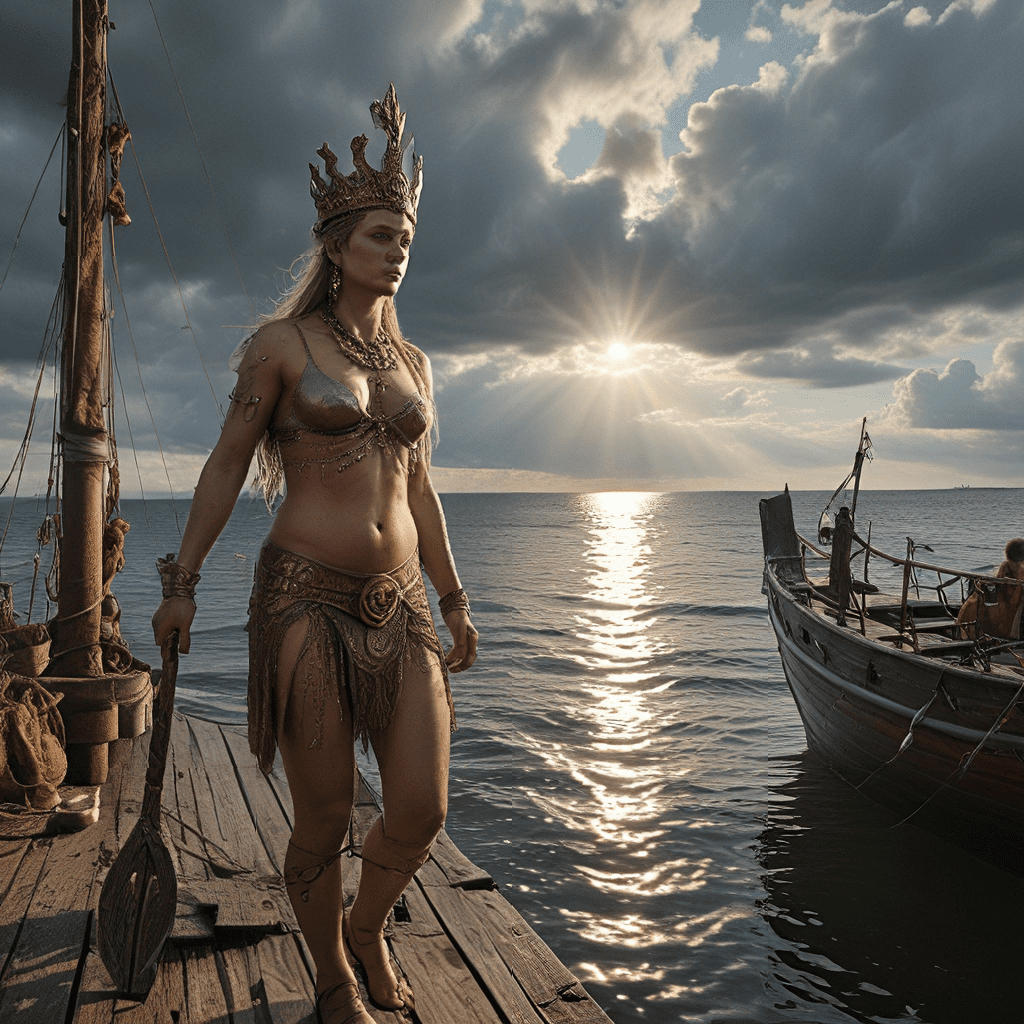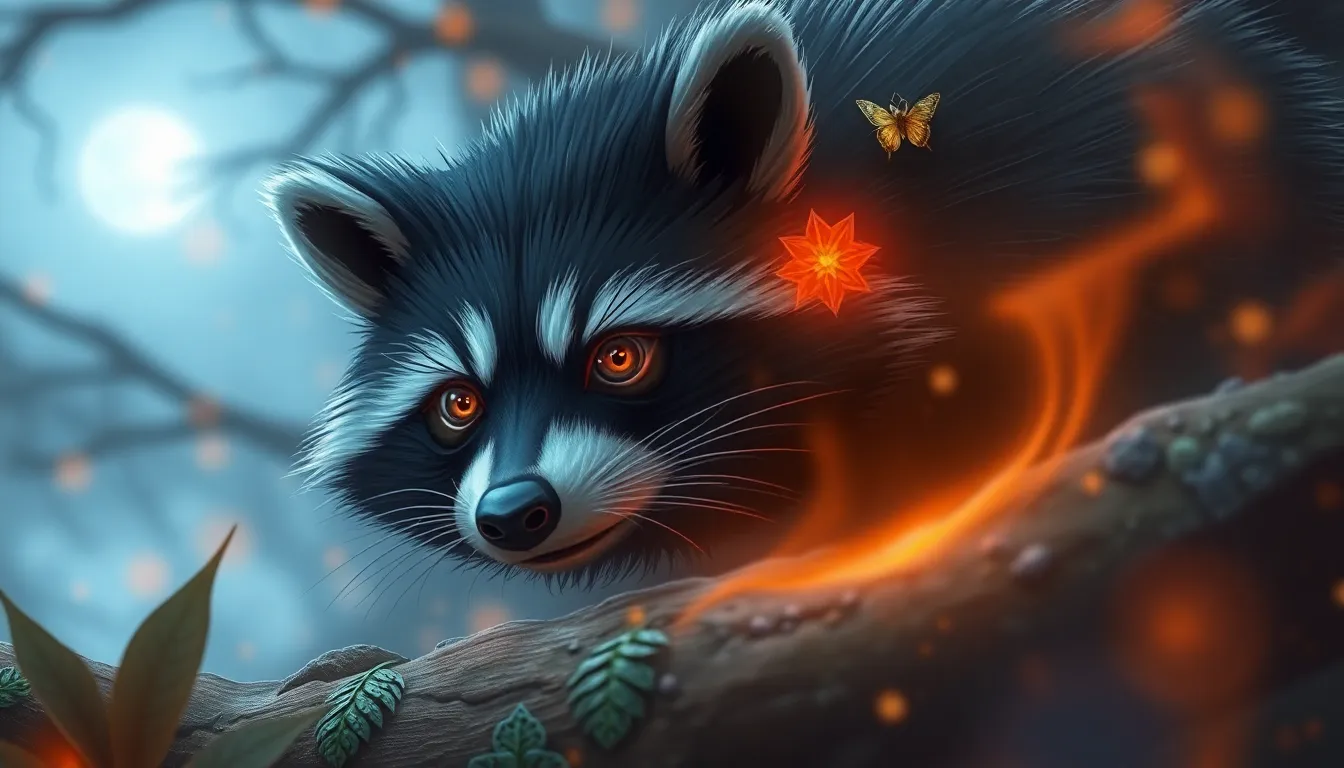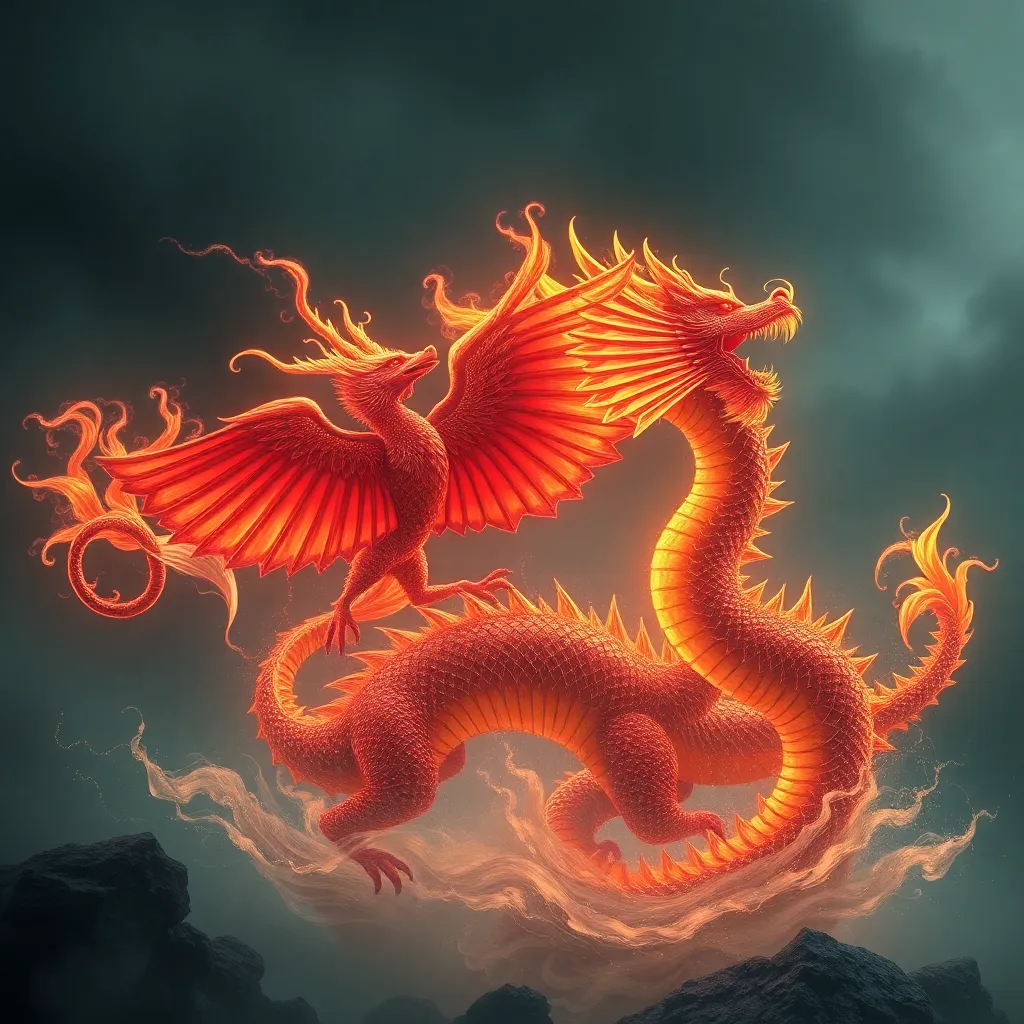Baltic Mythology: A Foundation for Modern Culture and Folklore
Baltic mythology, a rich tapestry of ancient beliefs and stories, forms the foundation of modern culture and folklore across the Baltic region. These myths provide a lens through which to understand the history, customs, and values of these cultures. They offer insights into the relationship between humans and the natural world, the role of ancestors, and the origins of both good and evil. Baltic mythology is not simply a collection of archaic tales; it remains a vibrant and evolving force that continues to shape artistic expression, music, and national identity in the Baltic states.
The Gods and Goddesses of the Baltic Pantheon
The Baltic pantheon, while less well-known than its Norse counterpart, is equally fascinating. Its deities, each with unique powers and domains, reflect the concerns and aspirations of ancient Baltic people.
Perkūnas, the god of thunder, lightning, and war, holds a prominent place in the pantheon. He is often depicted as a powerful warrior, wielding his hammer to strike fear into the hearts of enemies.
Dievas, the supreme god, is the creator and ruler of the universe, embodying the ultimate force that governs all things.
Saulė, the goddess of the sun, represents life, warmth, and prosperity. Her annual journey across the sky is a source of both hope and wonder.
- Mėnulis, the god of the moon, rules over the night and is associated with dreams, magic, and the cycle of life and death.
These are just a few of the many deities who populate the Baltic pantheon. Each god and goddess embodies different aspects of nature, human experience, and the cosmic order, offering insights into the values and beliefs of the ancient Balts.
Tales of Creation, Heroes, and Monsters: The Core of Baltic Myths
Baltic mythology is rich in stories that explain the origins of the world, the nature of humanity, and the challenges faced by heroes. These narratives, passed down through generations, reveal the moral and spiritual values of the ancient Balts.
Creation myths often depict the world as emerging from a primordial sea, symbolized by the goddess Jūra. These myths emphasize the connection between humanity and nature, suggesting that the earth is a living being that must be respected and cared for.
Heroic tales feature legendary figures like the Lithuanian folk hero, Kastytis, who fought against injustice and defended his people from hostile forces. These stories celebrate courage, bravery, and the importance of protecting one's community.
Monster myths tell tales of fantastical creatures like the Laima, a powerful goddess who controls destiny and weaves the threads of life. Other mythical beings, such as the Velnias, the embodiment of evil, serve as cautionary tales, warning against the dangers of greed, selfishness, and the pursuit of forbidden knowledge.
These stories, filled with symbolism and allegory, offer a glimpse into the worldview of the ancient Balts, their understanding of the universe, and their relationship to the forces that govern their lives.
Echoes of the Past: Norse and Slavic Influences on Baltic Mythology
While Baltic mythology has its own distinct character, it has been influenced by the neighboring cultures of the Norse and the Slavs, resulting in a fascinating blend of traditions.
Norse mythology shares similarities with Baltic mythology, particularly in its focus on powerful gods and goddesses, heroic deeds, and the importance of lineage. The Norse god Thor, for instance, shares some similarities with the Baltic god Perkūnas, both wielding hammers and controlling the forces of thunder and lightning.
Slavic mythology also influenced Baltic mythology, particularly in its emphasis on the relationship between humans and nature, the importance of ancestral spirits, and the role of magic and folklore in everyday life.
This cross-cultural exchange enriched Baltic mythology, shaping its stories, characters, and beliefs. Its diverse influences make it a unique and fascinating window into the history of the region.
The Role of Nature in Baltic Mythology: A Connection to the Land
Baltic mythology places great importance on the natural world, seeing it as a source of both power and inspiration. The ancient Balts revered trees, rivers, mountains, and the sky, believing them to be inhabited by spirits, gods, and goddesses.
Trees held particular significance, seen as connecting the earthly realm to the heavens. Oak trees, for example, were sacred to the god Perkūnas, while birch trees were associated with the goddess Saulė.
Rivers and lakes were believed to be home to water spirits and nymphs, who could both help and harm humans.
Mountains were often seen as the abodes of gods and goddesses, while the sky was a place of both mystery and wonder, ruled by the gods of thunder, lightning, and the sun.
This deep reverence for nature is a central theme in Baltic mythology, highlighting the interconnectedness of all living things and the need to respect and preserve the balance of the natural world.
The Continuity of Tradition: Baltic Folklore in Modern Times
While ancient Baltic mythology has evolved over time, its spirit lives on in the folklore of the Baltic region. Stories, songs, and traditions passed down through generations continue to shape cultural identity and connect people to their heritage.
Baltic folklore is rich in tales of mystical creatures, wise old women, mischievous spirits, and legendary heroes. These stories offer valuable insights into the social, moral, and spiritual values of the Baltic people. For instance, the Laima, a powerful goddess who controls destiny, continues to appear in folk tales, reminding people of the importance of hard work, virtue, and good deeds. Other mythical beings, such as the Velnias, the embodiment of evil, serve as cautionary tales, warning against the dangers of temptation and the pursuit of forbidden knowledge.
Baltic folklore also reflects the unique relationship between humans and nature. Stories about forest spirits, water nymphs, and other supernatural beings highlight the importance of respecting the environment and living in harmony with it. The deep connection to the land is further reflected in the numerous folk songs, dances, and traditions that celebrate the changing seasons, the bounty of nature, and the cyclical rhythm of life.
The Impact of Baltic Mythology on Art and Literature
Baltic mythology has served as a rich source of inspiration for artists and writers across the centuries. From the folk art and crafts of the Baltic region to the literary works of renowned authors, these ancient myths continue to influence creative expression.
Folk artists often draw upon the imagery and symbolism of Baltic mythology, crafting intricate tapestries, wooden carvings, and other artifacts that depict mythical creatures, deities, and legendary heroes. These works of art offer a glimpse into the visual language of Baltic mythology and the deep connection between art and tradition in the region.
Baltic mythology has also had a profound impact on literature, inspiring writers to explore themes of heroism, destiny, and the relationship between humans and the supernatural. Modern writers often draw upon the ancient myths to create new narratives that resonate with contemporary audiences. For example, the Lithuanian poet and Nobel laureate, Czesław Miłosz, often incorporated elements of Baltic mythology into his works, exploring themes of love, loss, and the human condition.
Modern Interpretations of Baltic Myths in Film and Music
Beyond art and literature, Baltic mythology has found a new life in film and music, inspiring a range of contemporary interpretations. These modern adaptations breathe new life into the ancient myths, reimagining them for a modern audience and highlighting their relevance in the 21st century.
Filmmakers often draw upon the dramatic narratives and fantastical elements of Baltic mythology to create compelling stories that appeal to a wide audience. For example, the 2015 film The Serpent (German: Die Schlange) tells a fictionalized account of a Baltic myth about a serpent that embodies the forces of chaos and destruction.
Baltic mythology also influences modern music, inspiring composers to create works that evoke the atmosphere and emotion of the ancient myths. From folk music that draws upon traditional melodies and rhythms to contemporary electronic music that incorporates elements of pagan ritual and symbolism, Baltic mythology continues to inform and inspire musicians across the region.
Baltic Mythology as a Source of National Identity
Baltic mythology serves as a cornerstone of national identity in the Baltic states, providing a shared cultural heritage that binds people together. The ancient myths, stories, and traditions offer a sense of continuity, reminding people of their shared history and their connection to the land.
In the aftermath of Soviet rule, Baltic mythology played a vital role in the revival of national consciousness and cultural identity. The resilience and courage of the mythical heroes, the enduring wisdom of the ancient gods and goddesses, and the deep connections to the land resonated with a people seeking to reclaim their heritage and forge a new path for the future.
Today, Baltic mythology continues to play a vital role in shaping national identity, informing cultural celebrations, festivals, and public art. The myths offer a source of inspiration for artists, writers, and musicians, and they continue to be passed down from generation to generation, preserving a vital part of Baltic heritage.
The Future of Baltic Mythology: Preserving and Revitalizing the Traditions
The future of Baltic mythology depends on preserving and revitalizing these traditions for future generations. The ancient stories, songs, and rituals offer a valuable connection to the past, providing insights into the values, beliefs, and cultural identity of the Baltic region.
Efforts to preserve Baltic mythology include the documentation of folk tales, the revival of ancient rituals and celebrations, and the creation of new creative works inspired by the ancient myths. These endeavors ensure that the stories of the ancient Balts continue to resonate with contemporary audiences and serve as a source of inspiration for future generations.
FAQ
Q: What is Baltic mythology?
A: Baltic mythology is a collection of ancient beliefs, stories, and traditions originating from the Baltic region, including Lithuania, Latvia, and Estonia. It encompasses a pantheon of gods and goddesses, tales of creation and heroes, and a strong connection to the natural world.
Q: How does Baltic mythology influence modern culture?
A: Baltic mythology influences modern culture through art, literature, film, music, and folklore. It provides a source of inspiration for artists, writers, and musicians, shaping cultural celebrations, festivals, and national identity.
Q: What are some key figures in Baltic mythology?
A: Some key figures in Baltic mythology include Perkūnas (god of thunder and war), Dievas (supreme god), Saulė (goddess of the sun), and Mėnulis (god of the moon).
Q: How is Baltic mythology different from Norse mythology?
A: While both mythologies share similarities in their focus on gods, heroes, and the supernatural, they have distinct pantheons, narratives, and cultural influences. Baltic mythology has a stronger connection to nature and emphasizes a more agrarian worldview.
Q: What is the role of nature in Baltic mythology?
A: Nature plays a central role in Baltic mythology, with trees, rivers, mountains, and the sky considered sacred and inhabited by spirits and deities. The ancient Balts believed in a deep connection to the natural world and the need to respect its balance.



